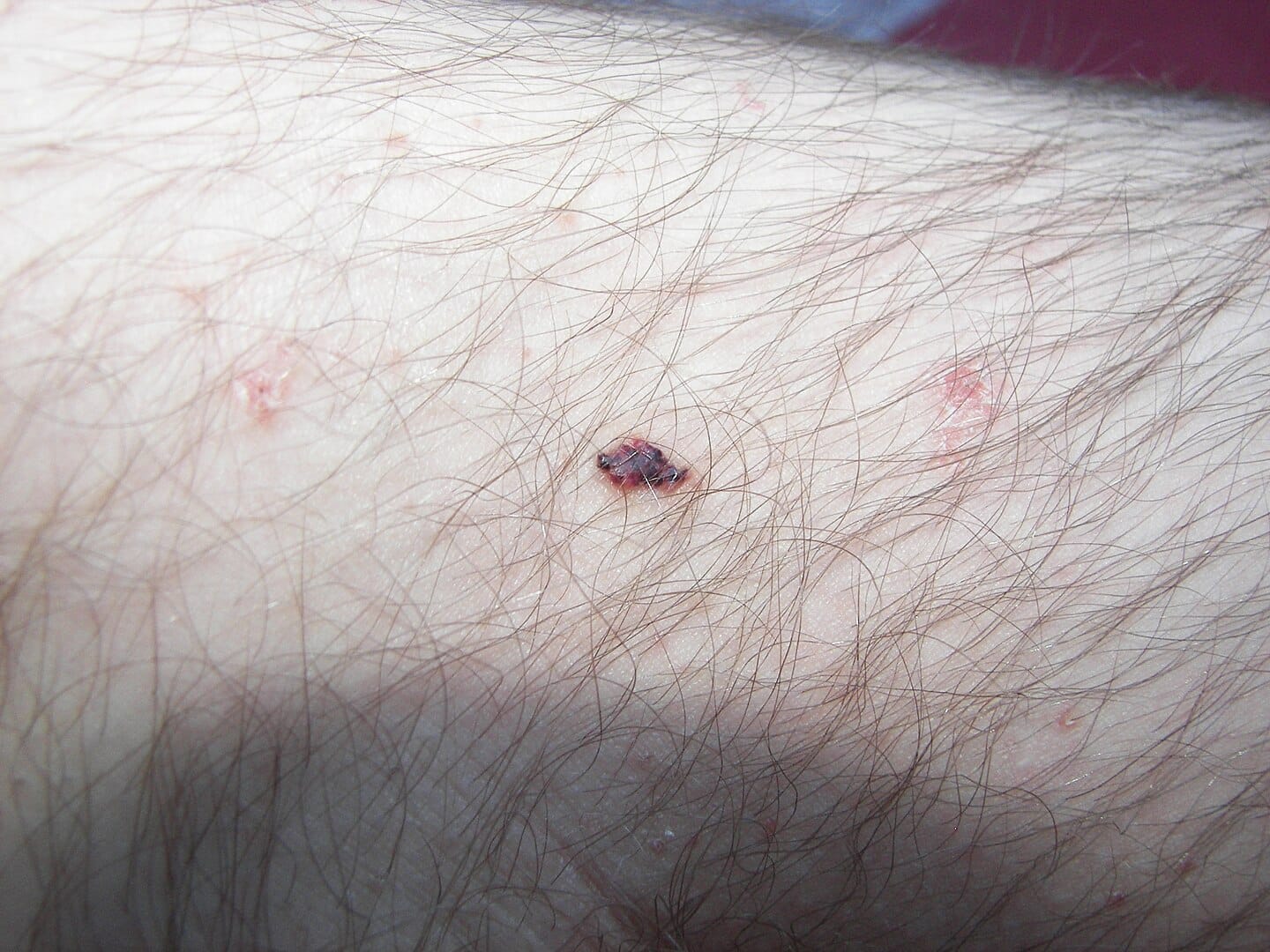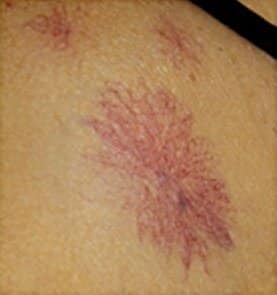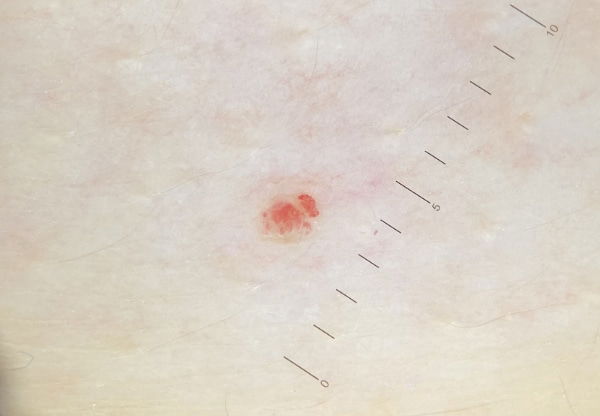Red spots on your skin can be alarming, especially when they appear unexpectedly and persist. These tiny skin growths, known as cherry angiomas, are made up of blood vessels and tend to appear more frequently in people over 30. According to Medical News Today, genetics play a significant role in their development. These little bumps are quite common, affecting up to 50 percent of adults, as noted in a study published in American Family Physician.

While they’re usually red, cherry angiomas can also appear blue or purple. When pressure is applied, they often turn white. These spots can show up anywhere on the body, though they are most commonly found on the chest, stomach, and back. Over time, a cherry angioma might change shape, going from a raised bump to a flatter, more uniform spot on the skin.

It’s important to handle these spots with care. Shaving, scratching, picking, or rubbing them too vigorously can cause them to bleed. If you notice any changes in size, color, or texture, or if you see them multiplying rapidly, it’s crucial to consult a doctor.

Cherry angiomas are sometimes mistaken for spider angiomas, which are another type of red mole but with a noticeable difference. Spider angiomas have a darker center with reddish web-like extensions spreading out from the main bump. According to Dr. Axe, spider angiomas can be an indicator of liver issues. Generally, cherry angiomas are harmless as long as they don’t undergo significant changes. They’re benign, painless, and pose no long-term health risks. Although the presence of a cherry angioma isn’t linked to cancer or tumors, there may be underlying factors that cause them to appear.

If you’re under 30 and have no family history of cherry angiomas, but still find one on your skin, there are certain risk factors to consider, such as liver dysfunction and hormonal changes. Some studies suggest that exposure to bromide, a chemical found in everyday items like baking ingredients, prescription drugs, and plastics, can disrupt hormones and lead to the development of cherry angiomas.

If you find a cherry angioma that looks unusual or concerning, especially if you’ve been exposed to bromide, it’s wise to consult your doctor for testing. While it’s rare for cherry angiomas to be malignant, with 70 percent of people over 70 having one or more of these red spots, it’s better to err on the side of caution. Taking this step could help you detect a chronic liver condition or even a form of cancer early on.
